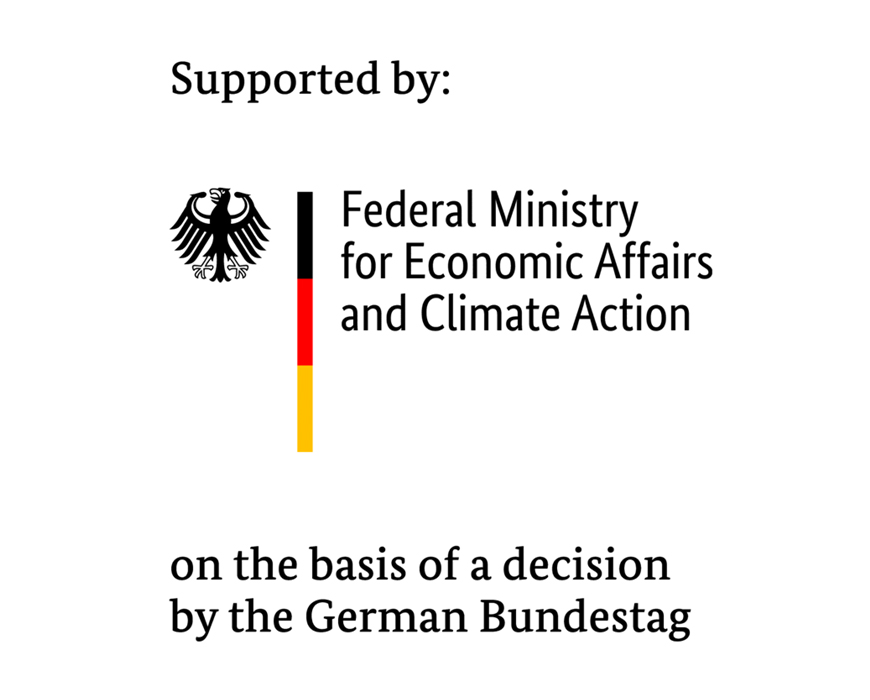| Funding: |
German Federal Ministry for Economics Affairs and Energy (BMWi) |
| Partner: | Ørsted A/S, Iberdrola, S.A (associated partner) |
| Duration: | 12/2016 – 07/2019 |
Power curves measured under real conditions are of significant importance to operators of existing wind farms as they provide information about the correct functioning of the turbines. Deviations can occur in the case of systematic incorrect orientation to the wind direction, imprecisely installed blades, which result in an erroneous pitch angle, impaired blades or control variations. This can have considerable financial consequences.
The IEC-compliant verification of the power curve of an offshore wind turbine as specified by the turbine manufacturer and contractually agreed between the manufacturer and customer can currently only be conducted with the aid of an IEC-compliant measuring mast exclusively for wind turbines with unhindered air flow. Due to the associated high costs and the long planning, approval, and installation times for offshore measuring masts, such in situ measurements are practically never performed and the possibilities open to operators for providing the manufacturer with evidence of substandard performance or identifying faults are very limited.
The aim of the project is to develop a cost-effective, flexibly employable, practicable method for the verification of the power curves of turbines in offshore wind farms. Two measuring campaigns are planned: The first is for a wind turbine with an unhindered air flow, based on the standard procedure as per IEC 61400-12-1, but with a floating LiDAR system taking on the role of a measuring mast.
The second measuring campaign aims to perform measurements on turbines with hindered air flows. The first step consists in simulating the wind flow in the park including any shadows cast. These simulation results are then correlated with the wind measurement data. A LiDAR buoy is subsequently installed between two wind turbines, thus positioned directly in front of one turbine and in the wake of another at the same time. As this affects the wind measurement of the LiDAR buoy, the inhomogeneity of the wind field needs to be taken into account when reconstructing the wind speed and corrected correspondingly. When selecting the wind turbine in another’s shadow, a turbine should be chosen with a conspicuously substandard performance.
The power curves are then calculated from the buoy measurements for the wind speed and the turbine data from the turbines with unhindered air flows and turbines in shadows. The latter are then compared with the simulated flow data. A process is developed which allows the correction of the measurements from the turbines in shadows. In general, a practicable method for the in situ measurement of power curves – especially in large offshore wind farms – should be developed and submitted to a standards committee.
